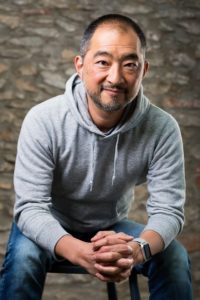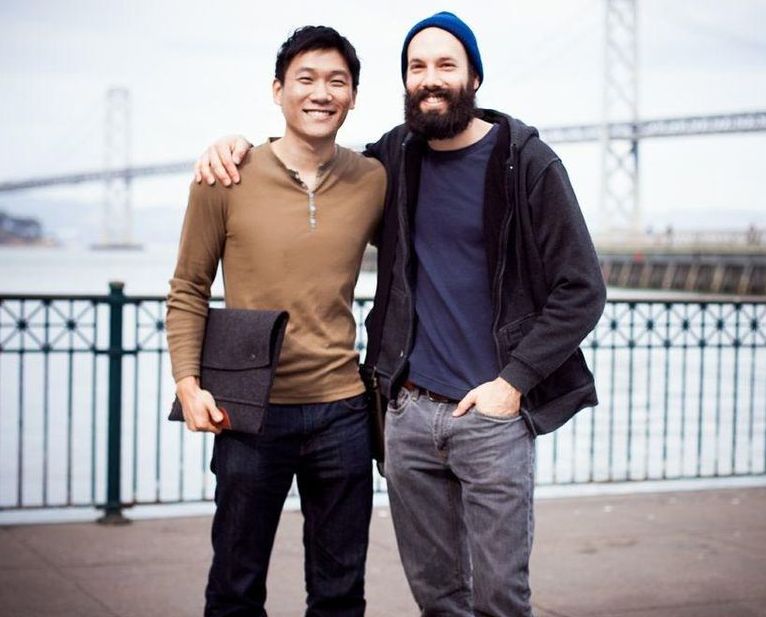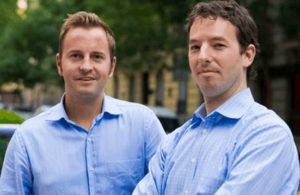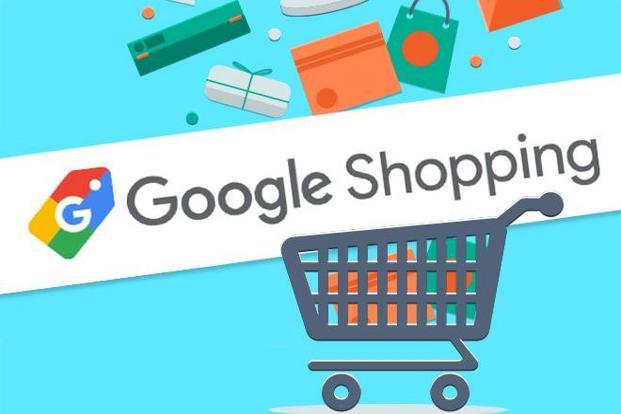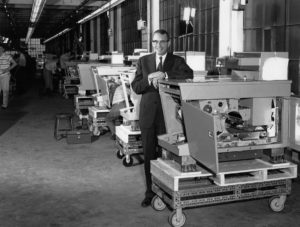Playstation 5 is the New Console from Sony Coming in 2020 Holidays
Keeping the legacy, Sony has followed the tradition and has announced that its “next-generation console” will be called the PlayStation 5. The company also accepted that it would be simple for the users to call it a PS5. Though in April Sony had revealed that it is looking forward to selecting a fancy name for the console, it seems that there is nothing that would better suit it than being called PlayStation 5.
Along with the new name, the company has also revealed some details about its new and upgraded controller, which possibly will be called Dualshock 5. The new controller has been incorporated with new haptic feedback and adaptive triggers. The haptic feedback is a replacement for Sony’s rumble technology, which has been there in every console from the fifth generation consoles of the PlayStation.
With the new haptic feedback, the upgraded console will offer a “broader range of feedback.” The new update will make you feel different things in different ways, like the company said in its blog, the crashing on the wall and making a tackle on the football field will feel much different from each other. The upgrade will also make you feel the various textures when running through in the game while playing.
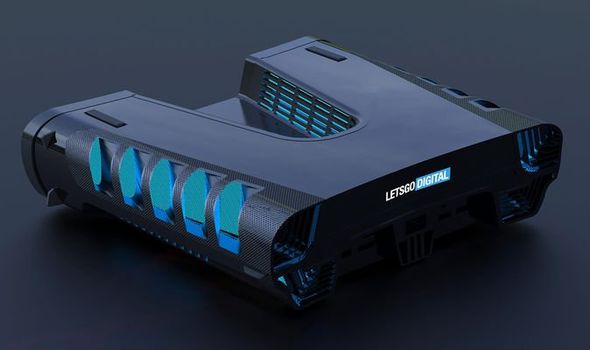
On the other hand, the adaptive triggers will be installed in the primary R2/L2 triggers on the PS5’s controller. The new adaptive triggers are programmable ones, such that the developers can “program the resistance of the triggers.” As the name suggests, the controller will adapt to the scenarios in the game, and the players will get to feel the resistance and the increased tension in their hands through the controller. The company has already sent the early versions of the new controller to the creators so that they can make use of its features for the development of new games.
Sony said in the blog post that when the two features will work together the player will get a beyond realistic experience. The company did not confirm the name of the controller, but as it has given the latest version of the console a similar name, i.e. PlayStation 5, there is a possibility that the new controller will be called the Dualshock 5 as well. Other than these updates, the company has revealed that it will be launching the new PlayStation in the holidays season of the next year. So there is almost a year in between the launch of the new console. And meanwhile, the company will be making frequent about the new features of the console before the launch.

Yashica is a Software Engineer turned Content Writer, who loves to write on social causes and expertise in writing technical stuff. She loves to watch movies and explore new places. She believes that you need to live once before you die. So experimenting with her life and career choices, she is trying to live her life to the fullest.

